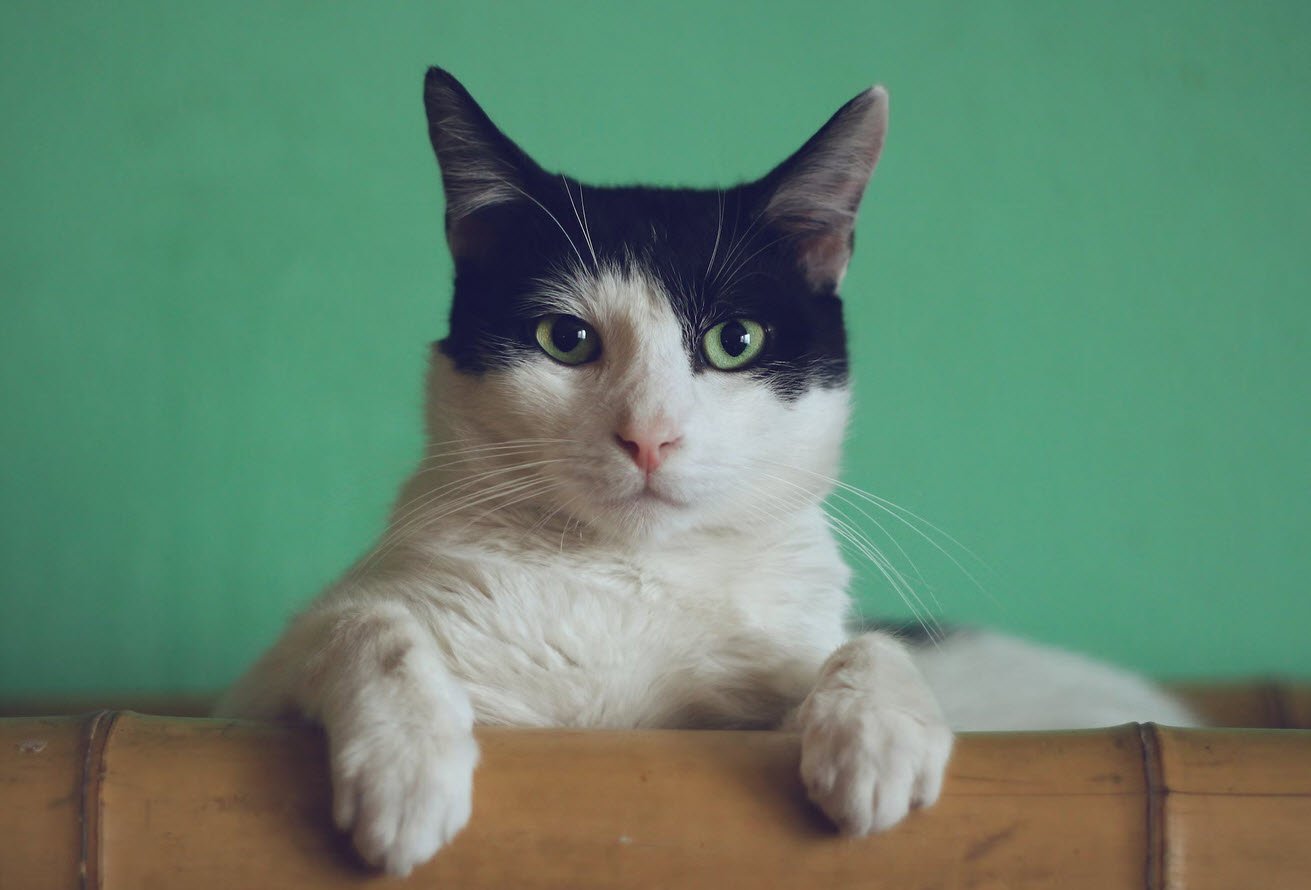
Cats are curious creatures, and their explorative nature often leads them to investigate their surroundings, including plants. While many plants add beauty and charm to our homes and gardens, some can pose a serious threat to our feline friends.
It’s essential for cat owners to be aware of poisonous plants to ensure the safety and well-being of their beloved pets.
- Sago Palm (Cycas revoluta)
- Daffodils (Narcissus spp.)
- Autumn Crocus (Colchicum autumnale)
- Hyacinth (Hyacinthus spp.)
- Azaleas (Rhododendron spp.)
- Dieffenbachia (Dieffenbachia spp.)
- Cyclamen (Cyclamen spp.)
- Tulips (Tulipa spp.)
- Oleander (Nerium oleander)
- Lilies (Lilium spp. and Hemerocallis spp.)
- Kalanchoe (Kalanchoe spp.)
- Rhododendrons (Rhododendron spp.)
1. Sago Palm
The Sago Palm, although visually appealing, is highly toxic to cats. Its seeds, leaves, and stems contain a substance called cycasin, which can cause vomiting, diarrhea, seizures, and even liver failure in cats.

2. Daffodils
Daffodils are a common sight during the spring season, but they contain alkaloids that can be harmful to cats. Ingesting any part of the daffodil plant, especially the bulbs, can result in vomiting, diarrhea, abdominal pain, and even cardiac arrhythmias.

3. Autumn Crocus
Autumn Crocus is a beautiful flower that blooms in the fall. However, it contains colchicine, a toxic alkaloid that can cause severe gastrointestinal issues, bloody vomiting, diarrhea, and organ failure if ingested by cats.

4. Hyacinth
Hyacinth plants are known for their vibrant, fragrant blooms. However, the bulbs of these plants contain oxalates and can cause vomiting, diarrhea, and difficulty in breathing when consumed by cats.
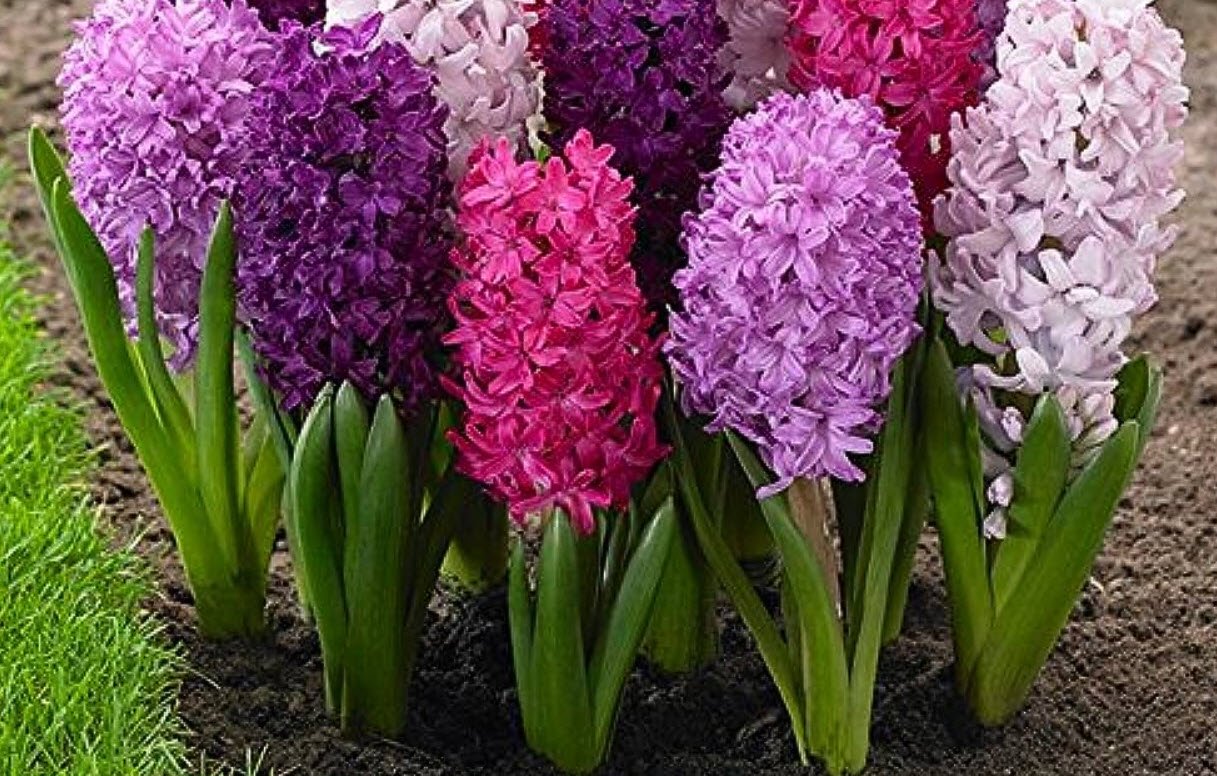
5. Azaleas
Azaleas are popular ornamental plants, but they contain toxins called grayanotoxins. Even a small ingestion of azalea leaves can lead to vomiting, diarrhea, weakness, and in severe cases, coma and death in cats.
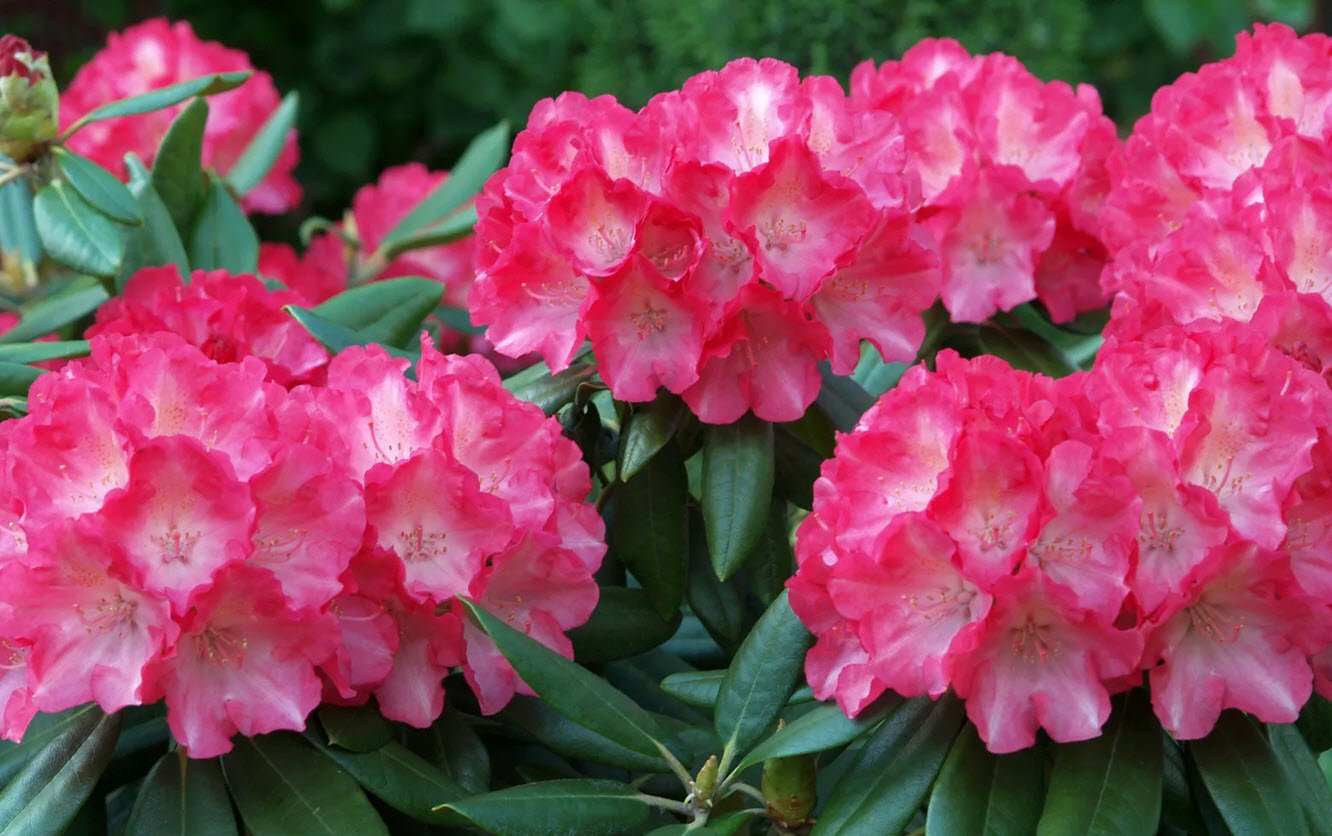
6. Dieffenbachia
Dieffenbachia, also known as Dumb Cane, is a common household plant with toxic sap. Ingestion can cause intense burning and irritation in the mouth, excessive drooling, vomiting, and difficulty swallowing in cats.
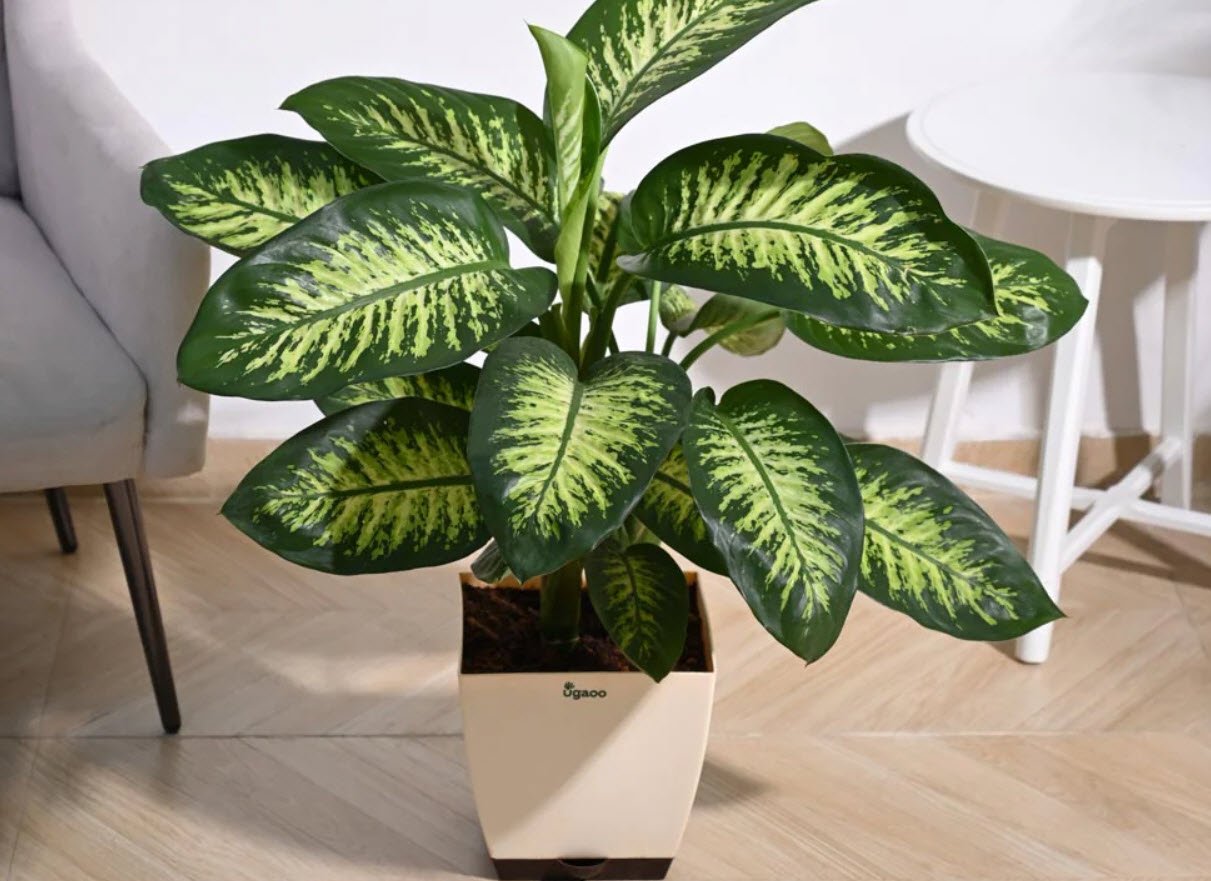
7. Cyclamen
Cyclamen plants are often found indoors and have toxic tubers. Ingestion can cause vomiting, diarrhea, and in severe cases, heart abnormalities in cats.
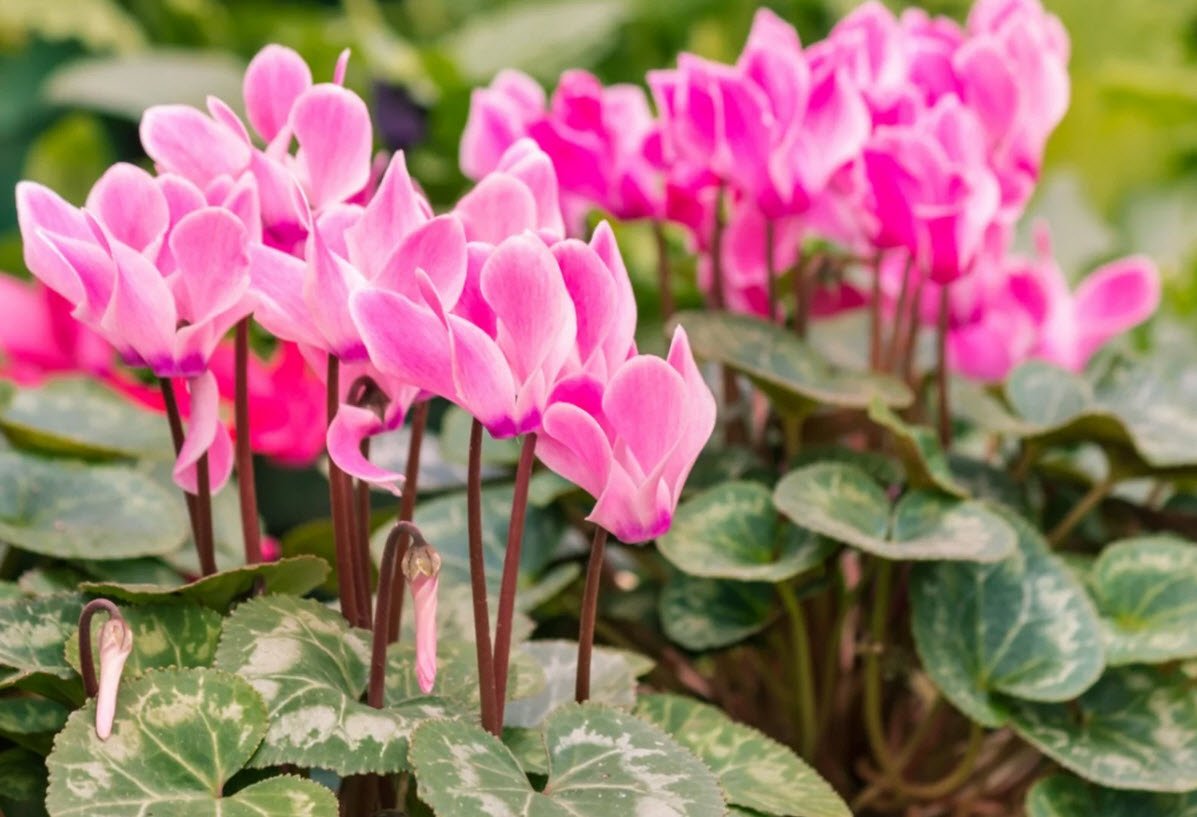
8. Tulips
Tulips are a well-loved spring flower, but their bulbs contain toxins that can cause vomiting, diarrhea, and gastrointestinal irritation in cats.
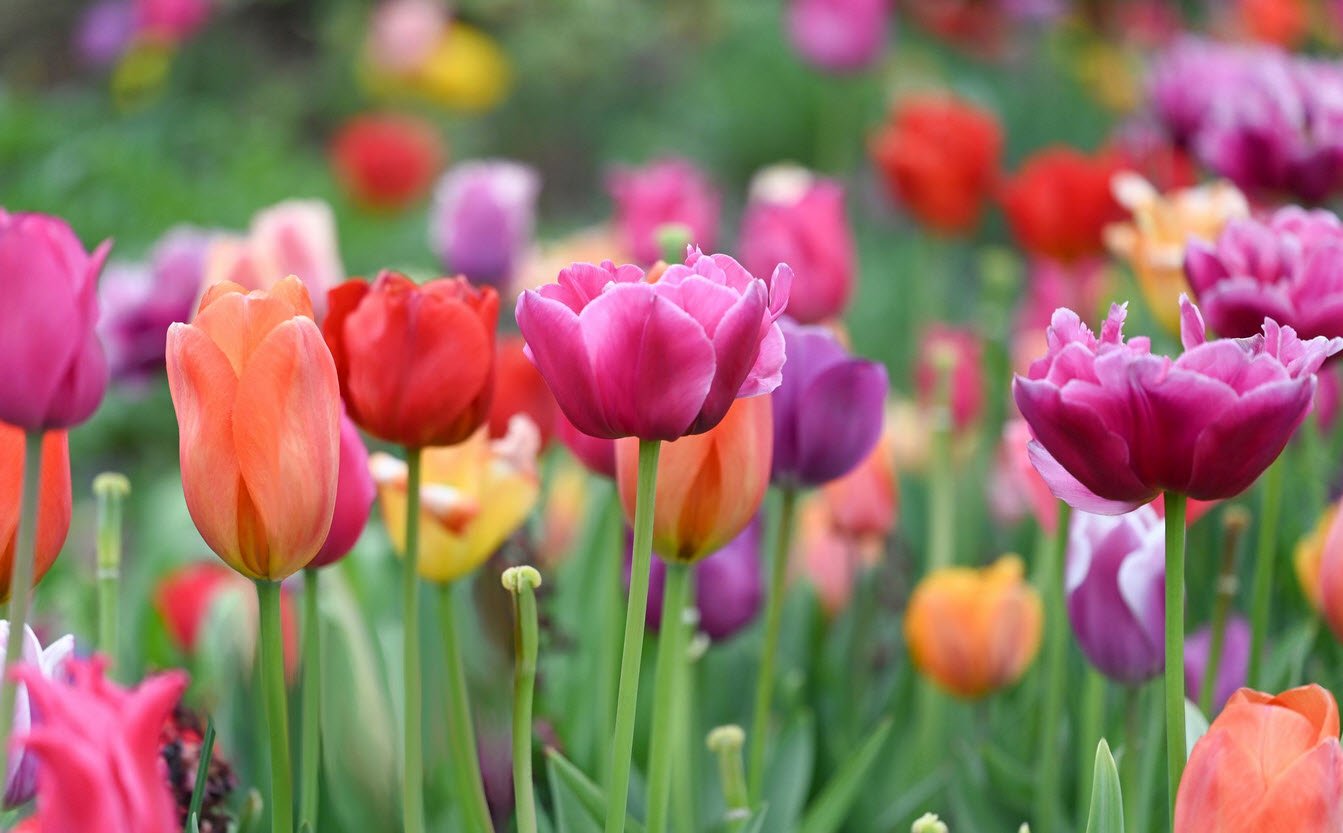
9. Oleander
Oleander is a highly poisonous plant to cats. All parts of the plant, including the leaves, flowers, and stems, contain toxic substances that can cause gastrointestinal issues, heart problems, and in extreme cases, death.

10. Lilies
Lilies are exceptionally toxic to cats, especially Easter lilies, tiger lilies, and daylilies. Ingestion can lead to kidney failure, vomiting, lethargy, and loss of appetite.
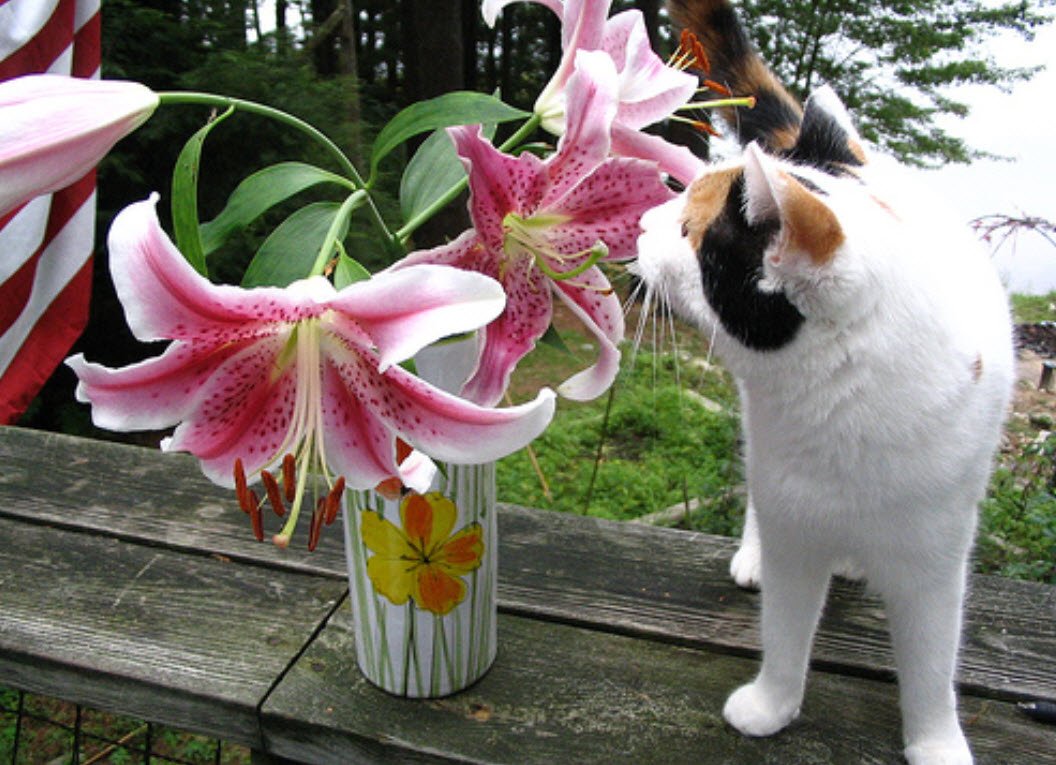
11. Kalanchoe
Kalanchoe is a popular succulent plant, but its leaves and flowers are toxic to cats. Consumption can cause vomiting, diarrhea, and abnormal heart rhythms.
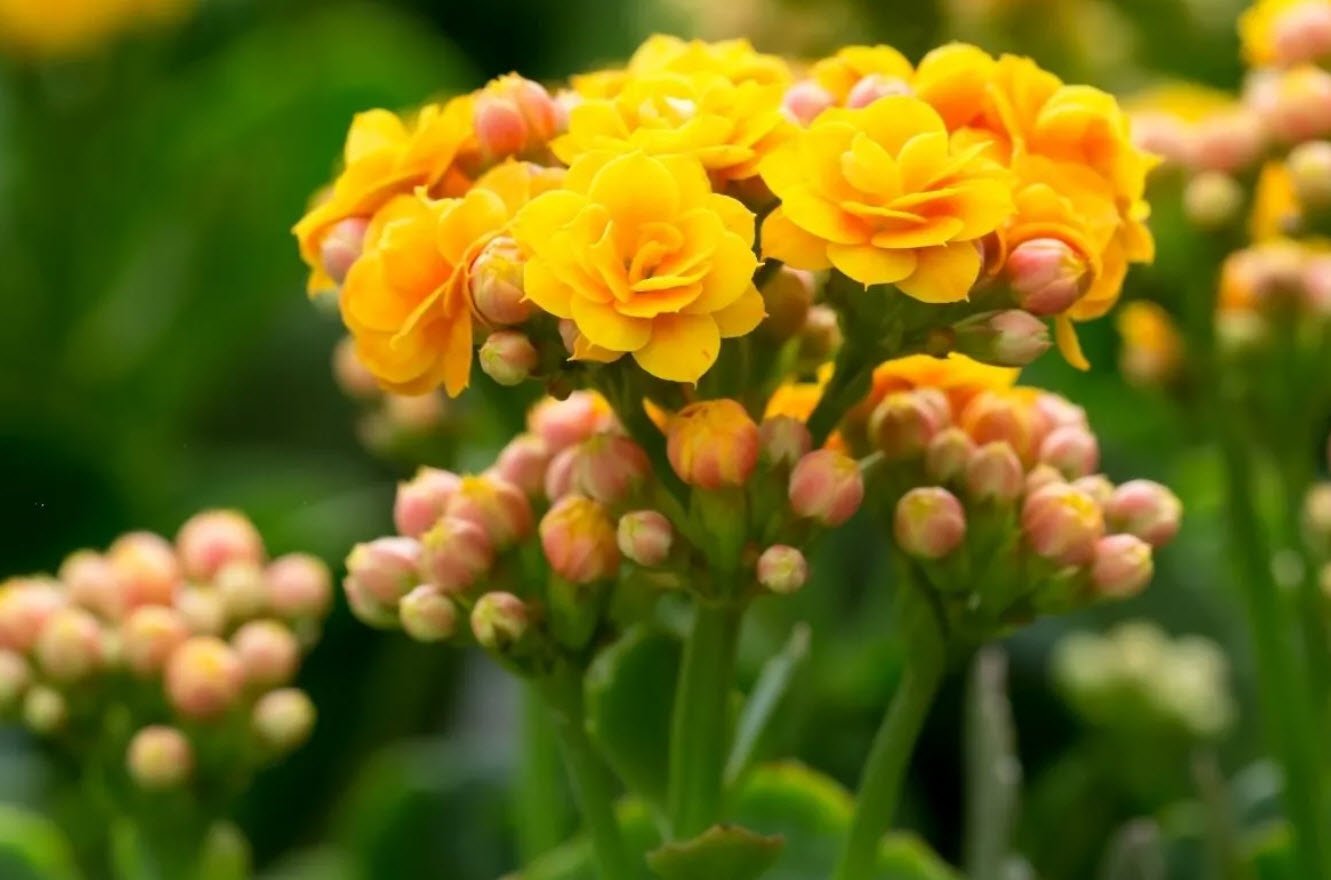
12. Rhododendrons
Rhododendrons, like azaleas, contain grayanotoxins and can cause vomiting, diarrhea, weakness, and potentially life-threatening heart abnormalities in cats.
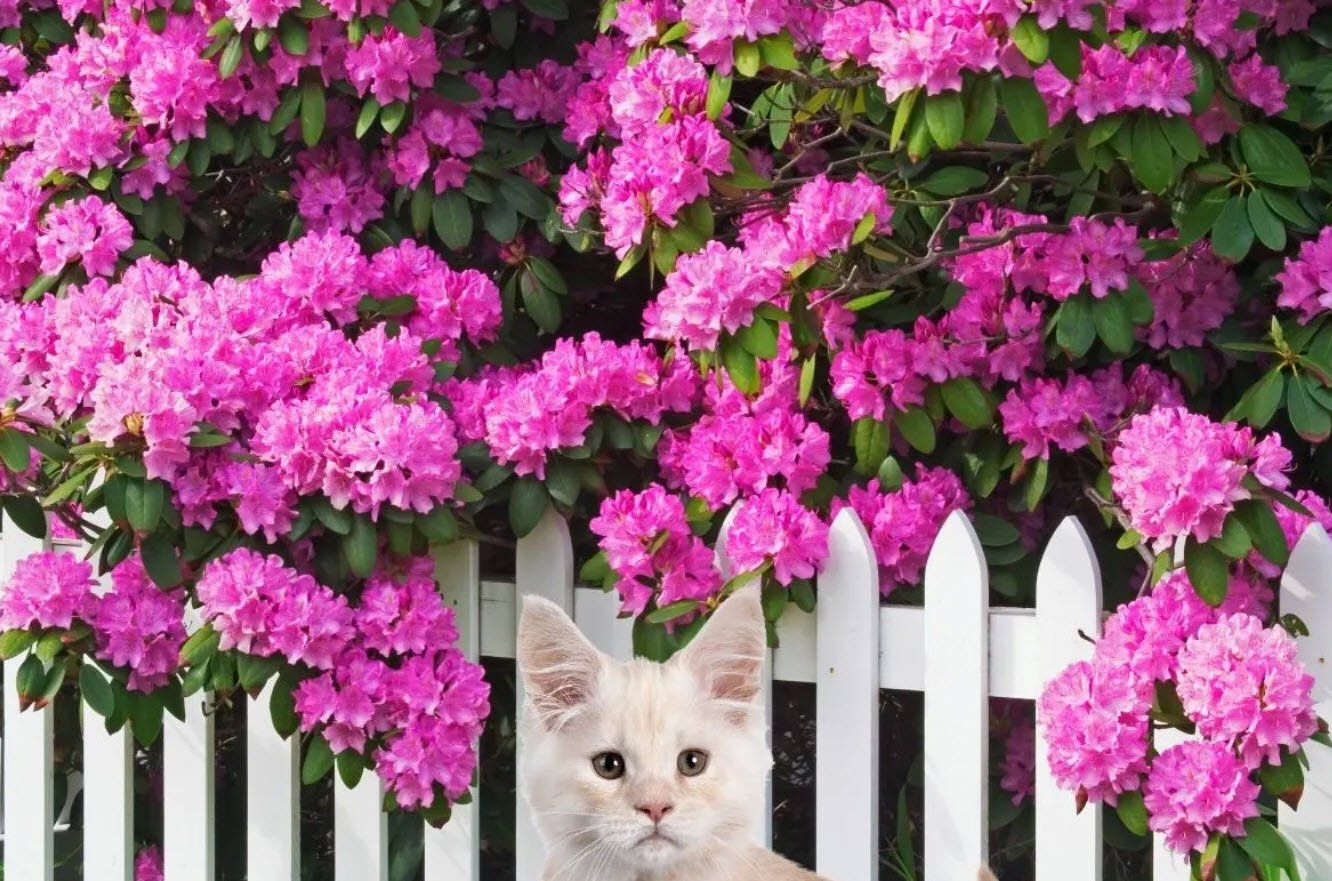
Prevention is key when it comes to protecting your feline friends from toxic plants. Familiarize yourself with these and other poisonous plants, and consider removing them from your home or placing them out of your cat’s reach. If you suspect your cat has ingested a poisonous plant, seek immediate veterinary care. Your vigilance and knowledge can save your cat’s life and ensure a safe and happy environment for them.
You may also like:- Understanding and Caring for Cats with Diabetes
- Protect Your Cat With Vaccinations – A Guide to Feline Health
- Top 9 Human Foods That Are Toxic to Cats
- A to Z Famous Cat Names
- 8 Cat Breeds Known For Their Minimal Shedding
- How Much You Know About Cat’s Body Language?
- 8 Good Reasons to Choose a Cat as Your Furry Companion
- Top Symptoms of Kidney Diseases in Cats
- 7 Fantastic Plants To Consider Growing For Your Cats
- 5 of the Most Painful Conditions for Cats


